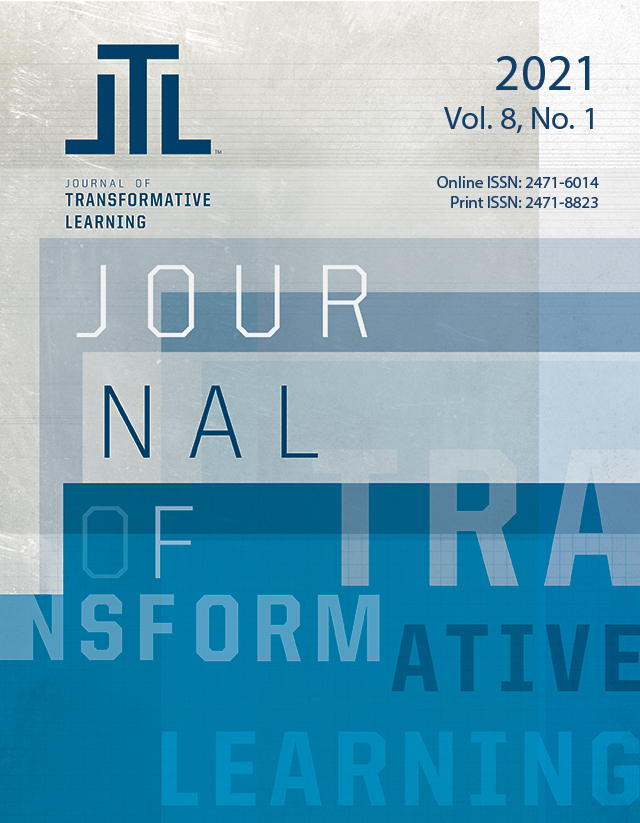Cripping the COVID Classroom
Centering Students through Transformative Disability-Informed Instruction
Abstract
The COVID-19 pandemic has had a profound effect on how educators approach instruction, as this transition to online learning shifted the center of higher education classrooms. As two disabled educators, we parallel this to a transformative learning experience and invite faculty to embrace this as an opportunity to examine who is centered in our classes. Drawing on Mezirow’s (1991) theory of transformative learning, we contend that the pandemic is itself a disorienting dilemma, or a situation whereby traditional models of education do not work. However, instead of starting from scratch, we suggest that educators look to people who have experience navigating similar academic barriers: disabled persons. In outlining disability-informed instruction, we begin with power and autonomy, which are present in every class but have additional histories and meanings in disability studies. Patricia Hill Collins (1990) wrote about the importance of “pivoting the center” to empower learners, and although she was speaking in terms of race, the same need to be recognized exists for disabled students. More direct and meaningful engagement and reflection is possible by inviting students to utilize their ownvoices (Duyvis, n.d.) to process their experiences. Additionally, professors can reduce executive dysfunction by employing plain language in course communications and adding flexibility to incorporate both crip time (Samuels, 2017) and dynamic disability (Benness, 2019). We offer both broad conceptual and practical solutions for increasing accessibility in the digital classroom. Our hope is that faculty walk away with applicable methods for creating inclusive learning environments that empower students.
Downloads
Published
Issue
Section
License
Copyright (c) 2021 Paul D.C. Bones, Aubree Evans

This work is licensed under a Creative Commons Attribution-ShareAlike 4.0 International License.
All published works remain the copyright of the author, and are published under the Creative Commons Attribution-ShareAlike 4.0 License. Authors who publish with this journal agree to the following terms:
- Authors retain copyright and grant the journal right of first publication with the work simultaneously licensed under a Creative Commons Attributions-ShareAlike 4.0 License that allows others to share the work with an acknowledgement of the work's authorship and initial publication in this journal.
- Authors are able to enter into separate, additional contractual arrangements for the non-exclusive distribution of the journal's published version of the work (e.g., post it to an institutional repository or publish it in a book), with an acknowledgement of its initial publication in this journal.
- Authors are permitted and encouraged to post their work online (e.g., in institutional repositories or on their website) following the journal's published version of the work, as it can lead to productive exchanges and greater citation of published work.

